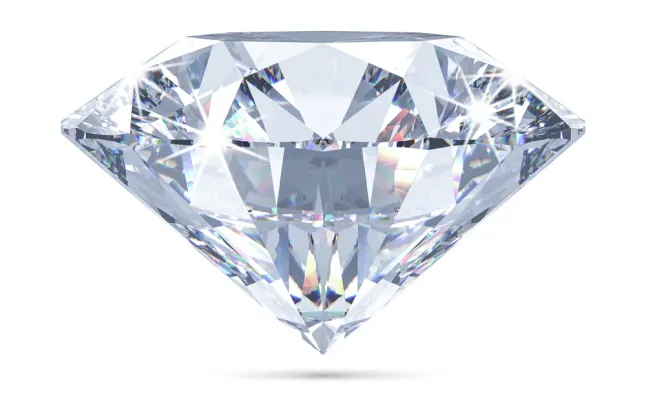What Is A Certified Diamond? | Rare Carat
A certified diamond is a trade term that refers to any diamond with a grading report from a gemological laboratory. But there is so much more that relates to diamond certification. From playing a pivotal role in the diamond industry to being a cornerstone of consumer trust, diamond certs or diamond reports are much more than meets the eye.
Why Do We Need it?
Diamonds are one of the most popular and expensive stones on the market. Thus, purchasing one of any size used as a center stone for a ring or other types of jewelry is a significant purchase. It stands to reason that with such a financial background you would know what you are getting into. On top of that, minute differences in a diamond's appearance can mean the difference of thousands if not more in the final price. The diamond report or diamond certificate is one of the most robust and reliable tools on the market to help you in the diamond purchase process. GIA diamond reports are so reliable that the entire diamond industry relies on their accuracy and precision. Almost all diamonds are valued based on the 4C's that GIA created and the diamond reports that they produce in the lab.

What Do Labs Even Do?
Laboratories like GIA and IGI make sure that the information on the cert is as accurate and as consistent as possible. This means that they pour huge amounts of research money staying ahead of the rapidly changing technology in diamond synthesis (i.e. laboratory-created diamonds), diamond enhancements (i.e. color and clarity enhancement), and understanding the magic of mother nature (for example origin of color in diamonds). On top of that, they also put vast amounts of effort into maintaining strict standards and training diamond grading personnel. There is a huge amount of science and work that goes into every diamond report that you see on the market. So, you can be sure what you are reading off the cert is what the stone will be.
Why are Some Stones not Certified?
Just like everything in life, time and money is always the issue. The same works for diamond certification. It would be nice to have every diamond certified, but for most smaller stones it just does not make sense money-wise. Say you have an infinity ring where all the diamonds are around 0.30cts and there are 19 of them. Each report would cost $59 with a grand total of $1,121. In some cases, the seller would get a diamond report for one stone, that is a representative of the whole. Another limitation comes from the labs. GIA also has a lower limit for diamonds. Diamonds under 0.15ct are not eligible for a diamond report. That is implemented to prevent people from flooding the labs with stones. Imagine if someone sends in a parcel of 15,000 0.01ct diamond melee to be graded individually. I can't fathom the time it would take and the mountain of diamonds reports piling up to the ceiling.
While we all wish to know everything about all the stones that we purchase, we have to accept that not all the diamonds we purchase will come with a cert.
Who are the Leaders in this Field?
In my gemologist opinion, GIA is the unequivocal leader in diamond certification. Because of its creation of the modern 4C system and the vast amount of research done on all aspects of diamond grading, GIA is the most trusted source in diamond grading for natural D-Z diamond and colored diamonds. GIA set out to protect the consumers' trust with solid science and unwavering commitment to accuracy and they have definitely achieved that goal.
However, for laboratory-created diamonds, IGI has taken the lead and emerged as a challenger to GIA's dominance over the diamond grading industry. So, if a CVD or HPHT diamond is what you are looking for you will most likely see an IGI cert accompanying the stone.
Do Labs Have all the Answers?
The short answer is no. Grading diamonds is really a science and science is never 100% certain about everything. There will also be some new advancements in diamond synthesis technology, new ways of enhancing diamond color and clarity, or some never before seen inclusion in the diamond. But when it comes to white and near-white diamonds, laboratories have 99% of your answers. That is because diamond is just one mineral, making studying them much easier than studying a family of minerals (for example tourmaline). On top of that, diamond research has a long history reaching all the way back to the 1930s. So rest assured, if you are wondering if GIA would be able to tell natural diamonds apart from laboratory-created diamonds, they definitely can and they can also tell you why.
The Final Verdict
Whatever stone you purchase, make sure that if it has a gemological report and ask if you can see it. Also, make sure to verify the information on your end on the official website of the laboratory.

